Description
Sodium aluminate, with the chemical formula NaAlO₂, is a white crystalline powder or colorless crystals. It is a hydrated form of sodium aluminate, often appearing as a white, granular solid. This compound is widely used in various industries, including water treatment, pulp and paper manufacturing, and construction, due to its unique properties and reactivity.
Sodium aluminate is produced through the reaction of sodium hydroxide (caustic soda) with aluminum oxide (alumina) at high temperatures. The reaction produces sodium aluminate and water as by-products. The resulting sodium aluminate is then dried and sold as a commercial product.
One of the primary uses of sodium aluminate is in water treatment. It is used as a coagulant aid in the removal of suspended solids, colloidal particles, and organic matter from water. The compound works by neutralizing the negative charges on these particles, allowing them to clump together and settle out of the water. This process is essential in the production of clean drinking water and in wastewater treatment.
In the pulp and paper industry, sodium aluminate is used in the bleaching process. It helps to break down lignin, the organic material that gives plant material its color, making the pulp whiter. This is an essential step in the production of high-quality paper products.
Sodium aluminate is also used in the construction industry, particularly in the production of cement. It is used as an accelerator in the setting of cement, reducing the time it takes for the cement to harden. This is particularly useful in cold weather, where the setting time of cement can be significantly prolonged.
In addition to these industrial applications, sodium aluminate is also used in research and development. It is used as a precursor in the synthesis of other aluminum-based compounds, including aluminum hydroxide and aluminum sulfate. These compounds have various applications, including in the production of flame retardants, catalysts, and water treatment chemicals.
Sodium aluminate is a versatile compound with a wide range of applications. Its unique properties and reactivity make it an essential component in various industries. As research continues, it is likely that new uses for sodium aluminate will be discovered, further expanding its importance in industrial and commercial applications.
However, it is important to note that sodium aluminate can be hazardous if not handled correctly. It can cause burns and eye damage, and prolonged exposure can lead to respiratory problems. Therefore, it is essential to use appropriate personal protective equipment when handling this compound and to follow safety guidelines carefully.
In conclusion, sodium aluminate is a valuable compound with a wide range of applications in various industries. Its unique properties and reactivity make it an essential component in water treatment, pulp and paper production, and construction. While it can be hazardous if not handled correctly, with proper safety measures, it can be used safely and effectively. As research continues, it is likely that new uses for sodium aluminate will be discovered, further cementing its importance in industrial and commercial applications.


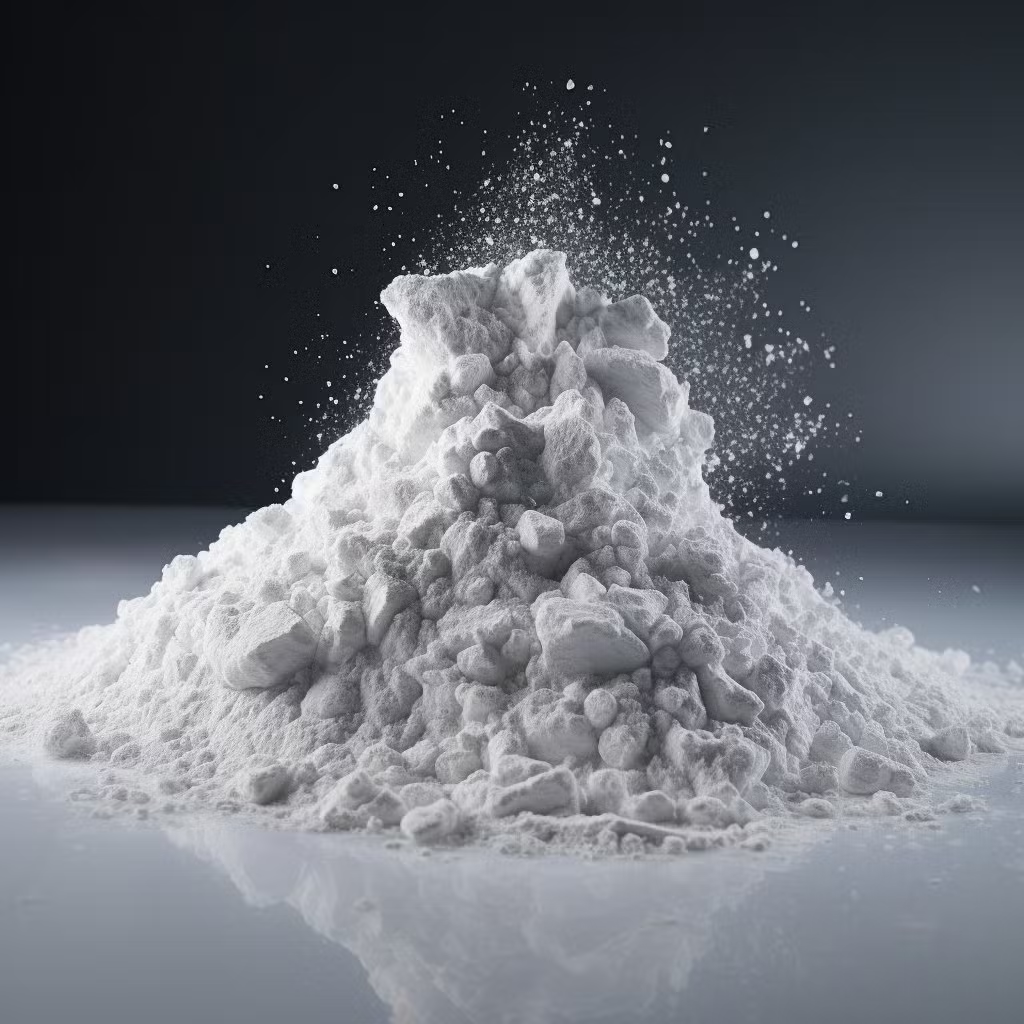
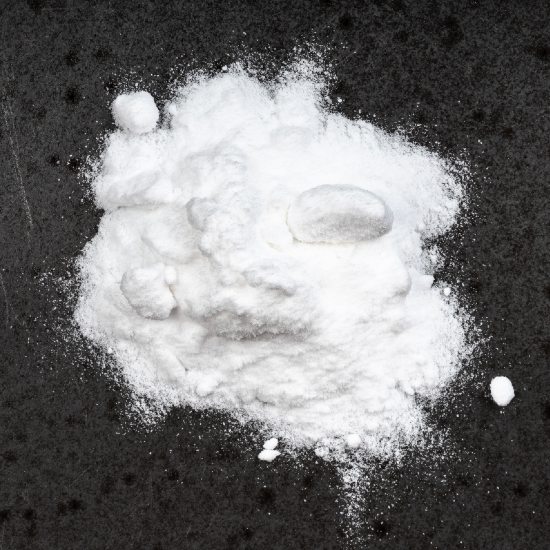

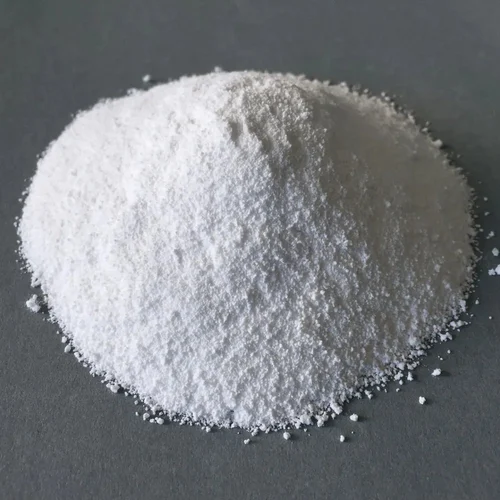
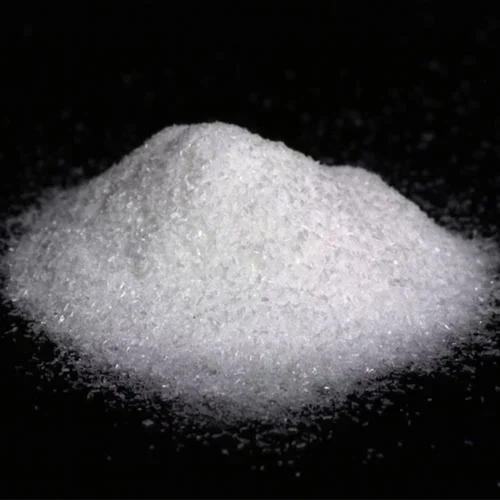
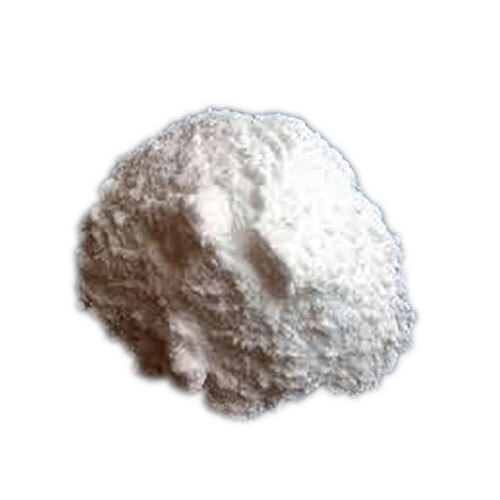
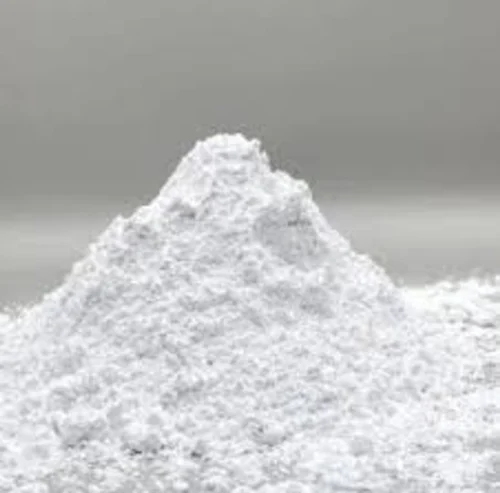

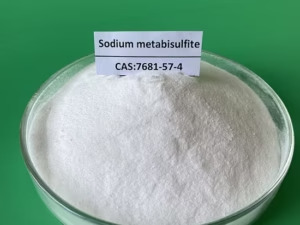
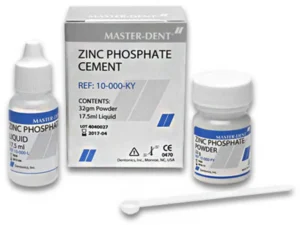

Reviews
There are no reviews yet.